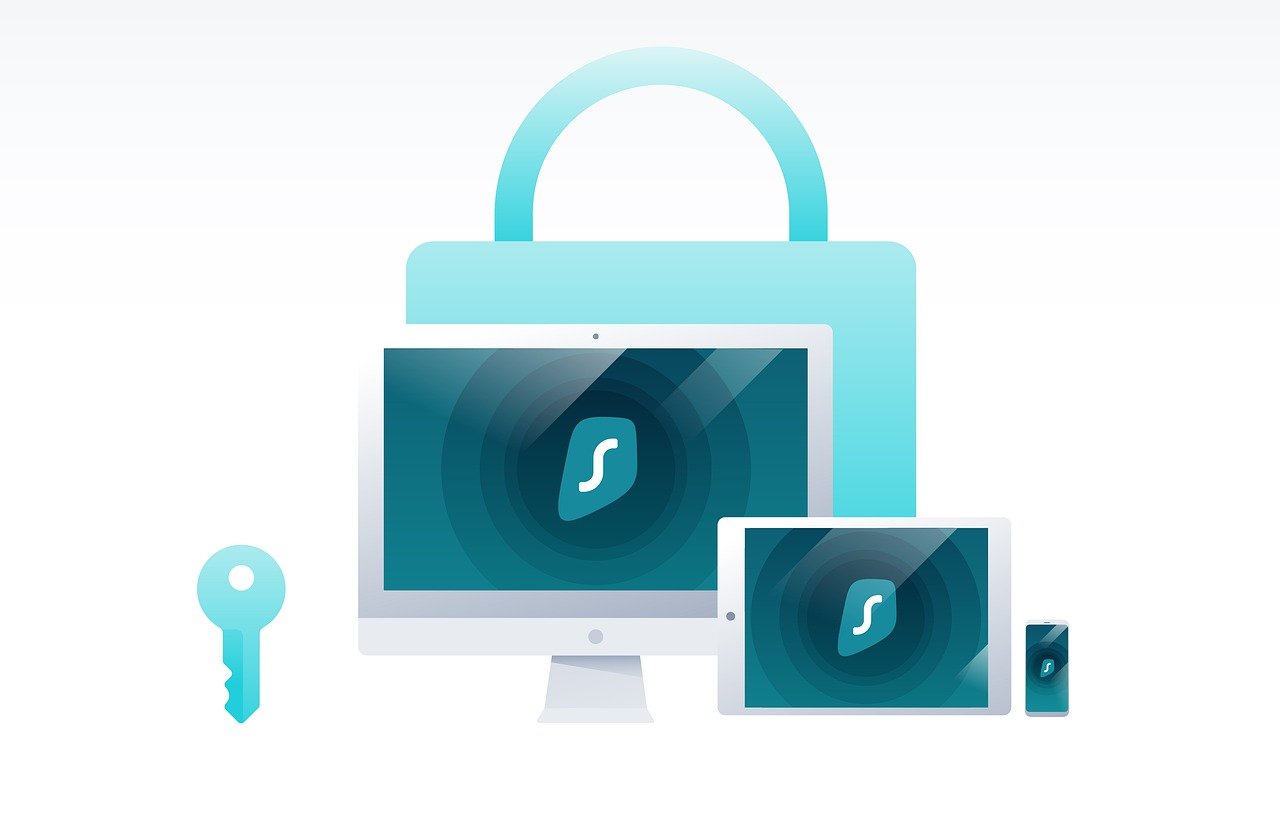Improving the Customer Experience – Fun Ways to Teach Active Listening Skills to Employees
Active listening is an essential skill in customer service. It’s more than just hearing what customers are saying. It includes understanding their needs, showing empathy, and responding appropriately.
Understanding this principle can drastically improve the overall customer experience, enhance relationship building, and increase satisfaction rates.
That’s where effective training comes into play. You need to make learning this skill enjoyable, so that the lessons stick. Here are some tips and tactics to try out in order to achieve this in your own organization.
Breaking Down Barriers: Tips for Teaching Employees to Actively Listen
Teaching your employees active listening isn’t an overnight task. But with the right approaches, you can guide them towards mastering this essential communication skill. Here’s how:
- Create Engaging Training Modules: Make use of interactive activities that highlight the importance and benefits of active listening in real-world customer interactions. We’ll discuss the specifics of this later on.
- Embrace Regular Reinforcement: Active listening is a habit that needs regular nurturing. Hold frequent sessions or workshops to reinforce its value.
- Encourage Conversation Recaps: This practice helps to confirm understanding between both parties and prevents miscommunication.
- Foster a Culture of Open Feedback: Allow employees to give and receive feedback on their ability to listen actively during customer interactions.
Essentially, teaching active listening goes beyond just hearing words. It includes understanding context, interpreting tone, empathizing with emotion, and responding helpfully.
Role-Play Tense Situations and Tough Topics: A Critical Learning Approach
Role-play activities are an effective way to prepare your employees for real-world scenarios. They provide a safe space to practice communication skills, especially when dealing with tricky situations.
Here’s how role-playing can be useful in teaching active listening:
- Replicate Real-Life Scenarios: Simulate difficult customer interactions such as complaints, accusations of theft by deception, or disputes that test the employee’s patience and attention. This will reinforce the need for honest and open communication between clients, co-workers, business leaders and of course customers.
- Encourage Reflexive Behaviour: Role-playing allows employees to pause, reflect and evaluate responses against various outcomes.
- Observation-Based Feedback: Surrounding observers can give spot-on feedback about what worked well during the simulation and what needed improvement.
With thoughtful planning, these high-tension scenarios become valuable learning experiences. It reinforces the importance of remaining calm under pressure while actively listening and responding effectively.
‘Can I Record This?’: The Vital Role of Consent in Customer Interactions
In the modern business sphere, recording customer interactions often proves useful for training and quality purposes.
However, to do this legally and ethically, you must secure consent first. Failure to obtain approval may lead to mistrust or legal issues.
Educate your employees about the significance of informing customers if a call is being recorded. It’s yet another arena where active listening plays an integral role, and for which training is required.
Make Active Listening Fun: Innovative Training Techniques
Who says teaching active listening skills can’t be fun? Here are some engaging and enjoyable activities to help your team master this critical customer service technique:
- The Whisper Game: A classic choice for practicing focused listening. See how accurately a whispered message can pass through the group.
- Listening Quizzes: After an employee speaks about a topic, quiz others on what they just heard to gauge their attentiveness.
- Improv Scenarios: Fast-paced role-play where employees have to listen carefully and respond spontaneously. Remember, there’s never a wrong answer in improv!
- Sounds of Nature Contest: Employees must identify different sounds from nature recordings. This fun activity teaches employees concentration and deep listening skills.
Using such innovative methods make learning not only productive but also enjoyable, whether conducted in-person or while managing remote employees, so don’t hold back on mixing things up.
The Bottom Line
Imbuing your team members with active listening skills is good for the customer experience, as well as being a way of keeping your company on an even keel from a legal perspective. So adopt these strategies, and you’ll see positive outcomes going forward.











